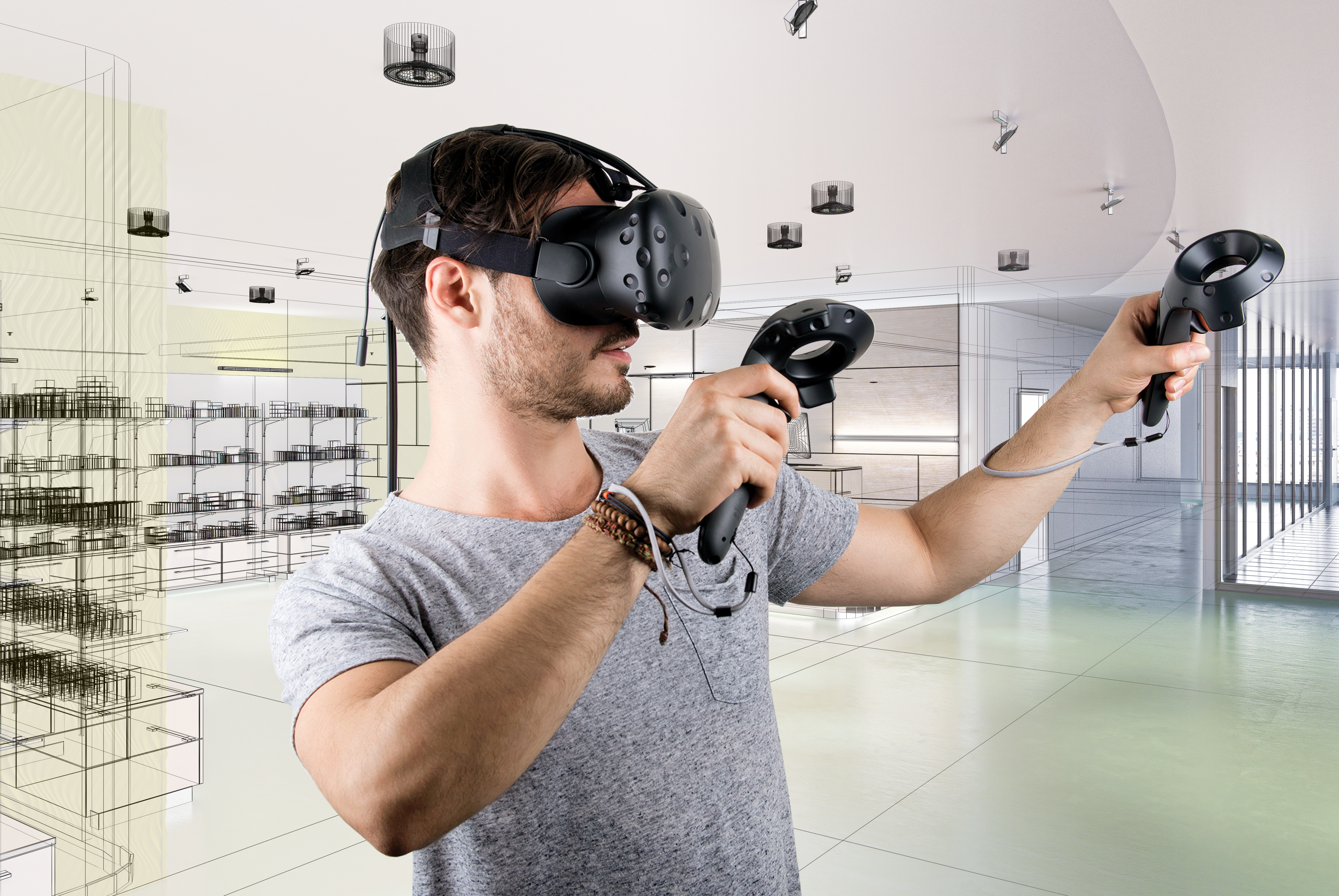Debunking Common Myths About Virtual Reality

Using virtual reality, individuals have the option to check around and interact with their surrounding, which is composed of realistic sounds, images, and various sensations that may simulate someone's presence in an imaginary or virtual environment.
Virtual Reality can be utilized in a number of different industries such as for example marketing, gaming, entertainment, engineering, education, fashion, art and training amongst others. And even though the hype associated with the technology is continuing to build up, it is important to know that there are a number of misconceptions that are prevailing in the media about VR. Some of the common myths about virtual reality include:
VR is for Avid Gamers
Although there is absolutely no denying that the gambling industry and gamers may have benefited probably the most from virtual reality technology so far, gaming is certainly not its sole application. To be honest, you can already start to see the incredible breakthroughs which can be achieved with this particular technology. These is seen across the board.
For example, VR can be utilized to provide surgical training for doctors; this alone has the potential to disrupt the entire medical field. It is also used to help keep the students engaged by delivering lifelike or realistic history lessons, to add some life to the stiff theory and offer appealing displays of things that are being taught in their classrooms. The possibilities are endless. A different one of the more common myths about virtual reality:
VR can result in Motion Sickness
Unluckily, many virtual reality headsets have gained a bad reputation for triggering nausea in people and making them queasy. Though it might have been right in the past, generally, the technology has improved and come a long way.
Nowadays, most latest VR gear can deliver both high res displays and topnotch head-tracking capabilities. Due to this fact many people are now able to fully like a plethora of virtual reality experiences and never have to worry about any ill effects.
Users of VR gear can make informed and smart decisions regarding their selection of headset. In addition, a majority of stores now allow users to test their gear before they make the purchase; this can help ensure you are buying the product you are comfortable with.
VR could be Isolating
Although noticing a person hiding behind some face-gear will come across as strange or odd at the initial glance, usually the reality is very different. Virtual reality can be employed to allow visitors to interact and build relationships their friends in a manner that could possibly be more engaging and compelling in comparison to current reality.
In fact, numerous studies have proved that the technology can help in the treatment of severe relational disorder. In the recent past, this immersive technology has made its way in to the attractions industry and contains been extremely popular. Many amusement and theme parks now include coaster experiences that incorporate VR. It really is no real surprise that multisensory immersion and VR have grown to be the most popular trends in this industry.
When VR has experience with relatives and buddies, the technology feels a lot more engaging and fun. The relationships we share with other people have a tendency to reflect better in a virtual environment and can enhance the reality of the complete experience. Consequently, calling VR Rooms is not true by any stretch of the imagination.
VR is a New Discovery
Contrary to public opinion virtual reality is definately not being a new tech discovery. Actually, traces of the technology come in existence since late 1800's. The phrase virtual reality was found in a book published in 1938 by the name of Le Th��tre et Son. The initial virtual reality headset was made in 1962 by Ivan Sutherland with the Sensorama. These devices was called the Sword of Damocles. The complete idea behind this device was to develop a head-mounted display having the ability to play "3D" visuals, with blowing air, custom aromas and audio, so that you can emulate a virtual reality.

VR is a Fad
In case you believe this, you're wrong because the numbers tell a very different story. Virtual reality, as we know it today, may be the result of a vintage vision, which has spanned more than 30 years. Because of this, it isn't surprising that investments are pouring in when it comes to VR, and are growing at an instant pace. And usually when millions of dollars are involved in an industry, the idea is less likely to be gimmicky.
However, plenty of customers are still pretty cautious, that is completely understandable. Lately, several early adopters have wasted money as there have been quite a few disappointing products in the entertainment industry.
Virtual reality, however, tends to offer a perspective that appeals to the masses and is radically different. As people have not experienced something like this in past times they are fascinated with the technology. In a sense, the spectators can now be the heroes of a story. As of this moment, virtual reality may be a niche market; however, it generally does not imply that it'll only be a fad. Video games are already functioning as trailblazers, even though many of the leading brands and companies on earth are employing virtual reality within their marketing initiatives. At this time its safe to say common myths about virtual reality being a fad are debunked? What do you think?
The technology has both appeal and numbers to influence the mass market, by providing engaging and platform-specific content.
These were a few of the popular myths concerning the epic VR technology. It is here and is going to stay quite a long time and can be utilized in a variety of different industries.
